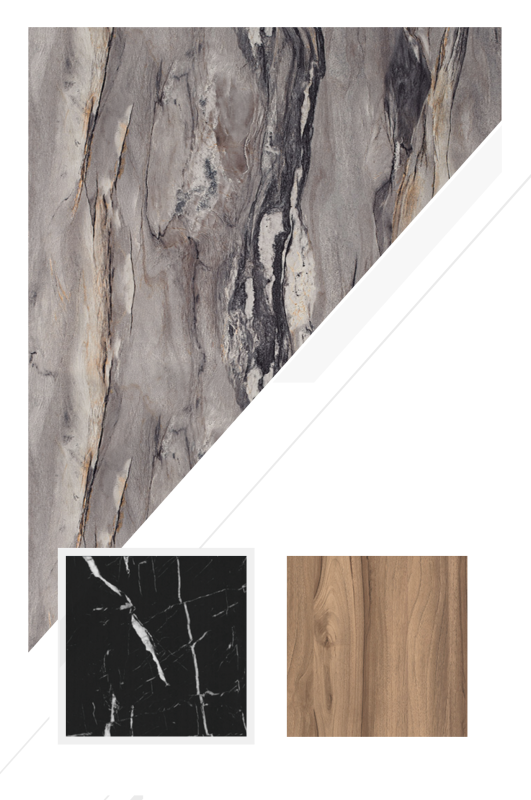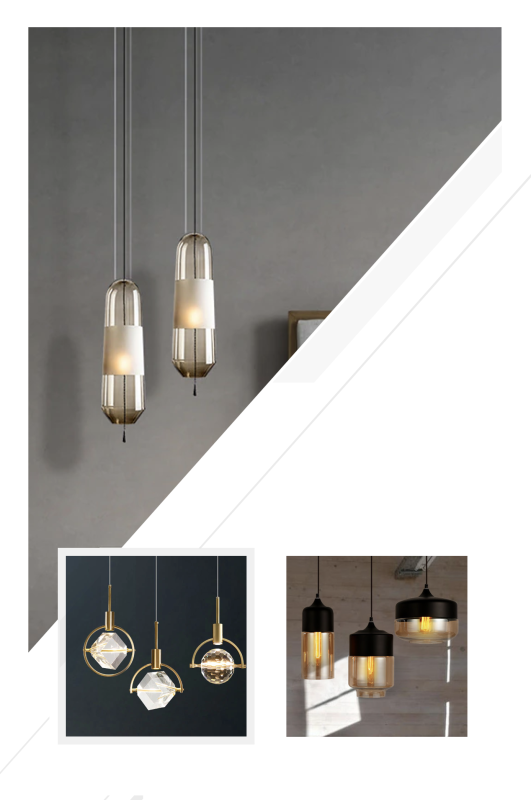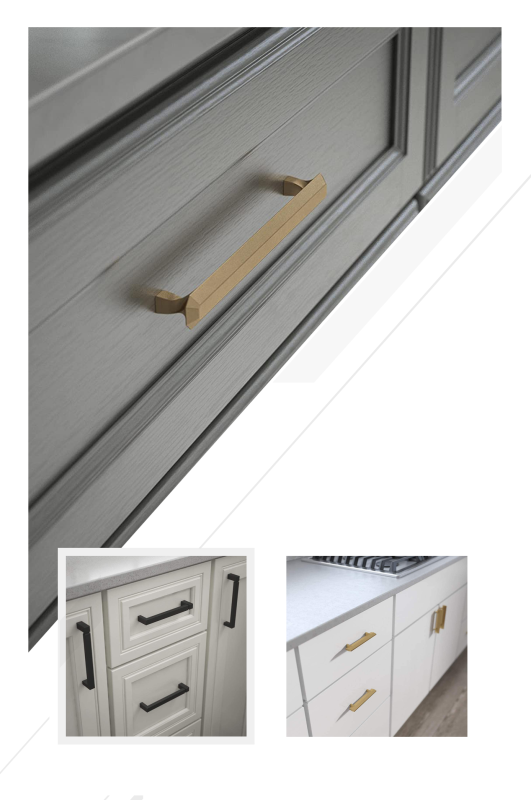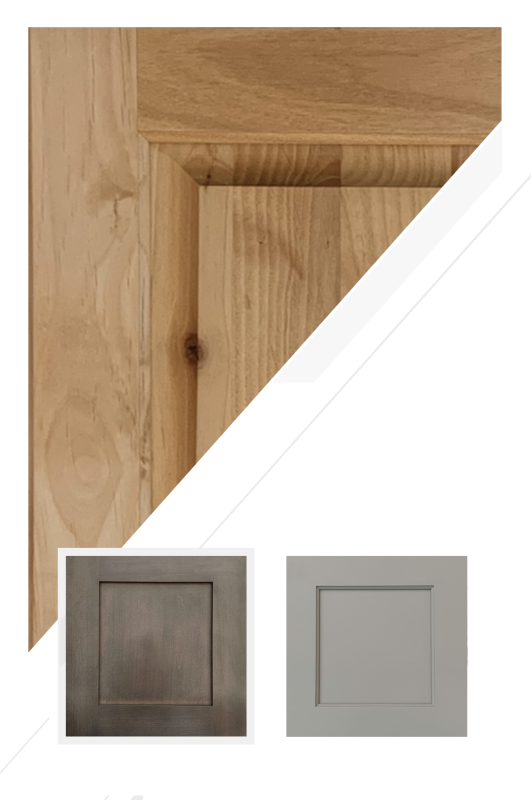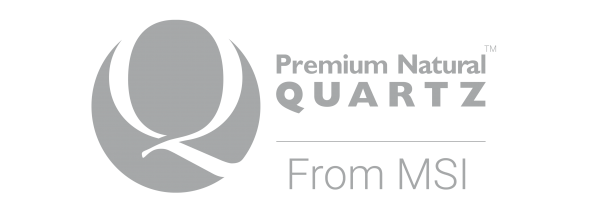New Construction on Raw Land and/or
Existing Property for Residential & ADU Development
Chapter Index
Introduction
Building a modular home from Joy Line Homes on raw land or an existing property combines the efficiency of modular construction, affordability, and the freedom of developing your property. This booklet provides a comprehensive guide to help you navigate each step, from land acquisition to the final installation of your Joy Line Home.
Chapter 1: Time frames
Knowing the time frames for completing your new Joy Line Home project is crucial for effective planning and coordination. From home order and module delivery to final inspections and move-in, each phase has a specific timeline that ensures your project progresses smoothly and efficiently. Start-to-finish projects range from 8-14 months on average. Below is a breakdown of time frames to expect. Multiple time frames overlap. *based on averages
• Scheduling: 1-2 weeks
• Financing: 1-4 weeks
• Acquiring raw land: 30-45 days
• Preliminary land feasibility study: 2-4 weeks
• Transport feasibility: 1-3 weeks
• Home order: 2-4 weeks
• Permits: 2-6 months
• Factory home construction: 3 months
• Home Transport: 2-4 weeks
• Site Development: 1-2 months
• Foundation: 30 days
• Home set: 2 months
• Custom Finishes, Detailing: 1-2 months
• Client Walk Throughs: 1-2 weeks
• Final sign off: 30 days
Chapter 2: Financing the Project
At Joy Line Homes, one of the essential aspects of our service is helping our clients navigate the financing process. Whether you are purchasing raw land, building a new home, or placing an ADU on existing property, our team is here to guide you every step of the way, ensuring a smooth and stress-free financing process. We work with a large network of lending institutions, offering a variety of financing options tailored to meet the unique needs of your modular home construction project.
Types of Financing
• Land Loans: Loans specifically for purchasing raw land, often with higher interest rates.
• Construction Loans: Short-term loans to cover the costs of building a home.
• Modular Home Loans: Financing options tailored for modular homes, which may include both construction and permanent financing.
Securing a Loan
• Credit Score: Ensure a good credit score to qualify for favorable loan terms.
• Down Payment: Prepare a down payment, often 5-20% for land loans.
• Lender Requirements: Provide detailed plans and budgets to the lender for approval.
Combining Loans
• Lot Loan + Construction Loan: Secure a lot loan first, followed by a construction loan.
• Construction-to-Permanent Loan: Converts to a mortgage once construction is complete, simplifying the financing process.
Chapter 3: Acquiring Raw Land
What is Raw Land?
Raw land is undeveloped property that has not been improved or prepared for construction. It lacks basic utilities like water, electricity, and sewage systems, and it often requires significant work before it can support a home. Before purchasing raw land, consider the following factors:
• Location: Proximity to amenities, schools, work, and recreational activities.
• Zoning and Land Use: Ensure the land is zoned for residential use.
• Topography: The land’s slope and elevation can impact construction costs.
• Soil Quality: Soil tests are necessary to determine the land's suitability for building.
• Environmental Concerns: Check for wetlands, flood zones, or protected species habitats.
Finding and Purchasing Land
We understand that the journey to building your dream home begins with finding the perfect piece of land. That's why we offer comprehensive support to help you identify and acquire raw land suitable for your modular home project. With our in-house team of realtors and guidance, you'll have the confidence to select the ideal location and lay the foundation for your new home.
• Location Selection: Choose an area that meets your needs for work, school, and lifestyle.
• Real Estate Agents: Work with our skilled team of agents or use your own who specialize in land sales
• Online Listings: Utilize websites dedicated to land sales to find suitable properties.
Due Diligence
• Title Search: Verify the land’s ownership and check for any liens or disputes.
• Surveys and Assessments: Conduct land surveys to confirm property boundaries and identify easements.
• Zoning and Regulations: Ensure the land is zoned for residential construction and check local building regulations.
• Permits and Approvals: Investigate the permits required for development.
Finalizing the Purchase
• Offer Negotiation: Negotiate the purchase price based on market value and land condition.
• Purchase Agreement: Sign a legally binding contract to finalize the sale.
• Closing Process: Complete the transaction, including transferring ownership and obtaining title insurance.
Chapter 4: Site review, Building Envelope, Transport Feasibility
Whether you are developing raw land or existing land, it's essential to conduct a thorough site review, determine your building envelope, and assess transport feasibility. These steps ensure that your project complies with regulations, fits within your property constraints, and can be transported and assembled efficiently.
We ask all our clients to work with our set of team in determining these key factors. Costs associated:
• Preliminary site and building envelope reviews: $1000-1500
• Transport Feasibility: $1000 *Fee goes towards the cost of the home when ordered
Site Review
• Topography and Grading: Assess the land's topography to determine the need for grading or leveling. Proper grading ensures a stable foundation and effective drainage.
• Access and Clearance: Verify that the site has adequate access for transport vehicles and equipment. This includes checking road conditions, width, and clearance for large modules.
• Utility Connections: Ensure availability and proximity of essential utilities such as water, sewer, electricity, and gas. Plan for the installation of these utilities as part of the site preparation.
• Environmental and Zoning Regulations: Review local environmental regulations and zoning laws to ensure compliance. Obtain any necessary permits or approvals before proceeding.
Building Envelope
The building envelope defines the maximum footprint and vertical limits within which your home can be constructed on your property.
Zoning Regulations
• Zoning District: Identify the zoning district your property falls within. Local zoning ordinances will dictate the types of structures allowed and their uses.
• Setback Requirements: Determine the minimum setback distances from property lines, streets, and other structures. Setbacks help define the perimeter of your building envelope.
• Height Restrictions: Check for height limitations imposed by zoning laws, which will affect the vertical extent of your building envelope.
Check Easements and Restrictions
• Utility Easements: Identify any utility easements on your property where building is prohibited. These areas are reserved for utility lines and must remain accessible.
• Access Easements: Look for access easements that provide passage to neighboring properties. These areas cannot be built upon.
• Deed Restrictions: Review any deed restrictions or covenants that might impose additional limitations on the size and placement of your home.
Environmental Considerations
• Flood Zones: Determine if your property is in a flood zone, which may restrict building locations and require additional construction measures.
• Protected Areas: Identify any protected natural areas, such as wetlands or wildlife habitats, that could limit where you can build.
• Soil Conditions: Conduct soil tests to assess the suitability for construction. Poor soil conditions might require adjustments to the building envelope or foundation design.
Modular Home Transport Feasibility
Transporting modular homes requires careful planning and coordination to ensure safe and efficient delivery. Key considerations for transport feasibility include:
• Route Planning: Plan the transport route from the factory to the construction site. Identify any potential obstacles, such as low bridges, narrow roads, or weight restrictions, that may affect transport.
• Property and Home location: Evaluating property and home location for clearance and any obstacles encountered. Planning the needed steps for setting up your home in the desired location and determining the equipment needed.
• Equipment: Depending on your unique project, specific equipment may need to be implemented. Equipment may range from house tractors, trans lifts, and cranes. *Equipment can add extra costs associated with home transport.
Chapter 5: Planning, and Designing Your Joy Line Home
Budgeting
• Cost Estimates: Obtain detailed cost estimates for the entire project, including land, modular home, site preparation, and permits. Most of these costs can be found on our website under the specific model detail page.)
• Financing Options: Explore financing options, such as construction loans and mortgages specific to modular homes.
Selecting Your Joy Line Home
• Model Selection: Choose a Joy Line Home model that suits your needs and preferences.
• Design Deposit: $5,000 deposit is placed into escrow towards the total cost of the home. (*$2,500 non-refundable with incomplete home order.)• Customization: Work with Joy Line Homes' design team to customize finishes and features of your modular home.
• Design Approval: Finalize the design obtained by Joy Line Homes.
Chapter 6: Opening Escrow
Opening escrow for your Joy Line modular home is a crucial step to ensure a smooth and secure transaction. Here's a brief overview:
• Open the Escrow Account: Once the purchase agreement is signed, an escrow account is opened where the buyer deposits earnest money.
• Submit Required Documents: Provide the escrow company with the purchase agreement and other necessary documents outlining the terms of the sale and construction.
• Deposit Funds: The buyer deposits funds as specified in the purchase agreement, which may include down payments and construction costs.
• Title Search and Insurance: The escrow company conducts a title search to ensure clear ownership and provides title insurance to protect against future claims.
• Disbursement of Funds: Funds are disbursed from the escrow account to Joy Line Homes and other contractors as construction milestones are met and verified.
• Final Inspection and Closing: After construction is complete, a final inspection ensures all conditions are met. The escrow company then facilitates the final transfer of funds and documents, officially closing the escrow.
By following these steps, you can ensure a secure and well-managed process for building your Joy Line modular home.
Chapter 7: Permits and Approvals
When starting a new construction project, if it’s developing raw land or placing an ADU on an existing property, your project will need the required permits, depending on your project and local jurisdiction. Our land services team at Joy Line Homes can help guide you through the process, including taking action to acquire all the needed permits for your specific project.
Some things to expect when starting the permit process:
Building Permits
• Application Process: Submit building permit applications to your local building department, including detailed plans and specifications.
• Required Documentation: Provide necessary documents such as site plans, engineering reports, and environmental assessments.
• Permit Fees: Pay any applicable fees associated with the building permit process. (These fees can vary depending on your unique project)
Site Plan Approval
• Zoning Compliance: Ensure your site plan complies with local zoning laws and regulations.
• Neighborhood Association Approval: If applicable, obtain approval from your neighborhood or homeowners’ association.
• Environmental Impact: Address any environmental impact concerns, such as drainage, soil erosion, and vegetation protection.
Chapter 8: Preparing the Land
Working with Joy Line Homes means partnering with a dedicated team of experienced contractors to develop your land for your dream modular home. Our skilled professionals are committed to transforming raw land into a perfect site, ensuring every step of the preparation and construction process is handled with precision and care. With our comprehensive support, you can confidently navigate the complexities of land development and focus on creating your ideal home.
Site Preparation
• Clearing the Land: Remove trees, rocks, and debris from the construction site.
• Grading and Excavation: Level the land and excavate for the foundation.
• Utility Installation: Arrange for the installation of water, sewer, electricity, and gas connections.
Foundation Construction
• Soil Testing: Conduct soil tests to determine the appropriate foundation type.
• Foundation Types: Choose between slab, crawlspace, or basement foundations based on soil conditions and design preferences.
• Foundation Pouring: Pour the foundation and allow it to cure properly.
Chapter 9: Constructing and Delivering Your Joy Line Home
Constructing and delivering your Joy Line modular home is a streamlined and efficient process. From the moment of signing your new home contract to a constructed home ready to ship, takes on average 3 months start to finish. Our approach ensures high quality, reduced build times, and cost-effectiveness.
Factory Construction
• Manufacturing Process: Joy Line Homes will construct your modular home in their factory, ensuring precision and quality control.
• Quality Inspections: Each module undergoes rigorous quality inspections during the manufacturing process.
• Pre-Permitting: After all factory home inspections, your home leaves the factory pre-permitted and approved for onsite delivery. With this, no other home inspections are required onsite pertaining to the construction and engineering of your home, saving you time and money.
Delivery and Installation
• Scheduling Delivery: Joy Line Homes will coordinate the delivery date with our home delivery contractor and ensure your site is prepared.
• Transportation Permit: Transportation permits are required when transporting your new home from the factory to your project location. This process can vary 2-6 weeks depending on: scheduling with drivers, factory or project location, local jurisdiction, weather, and road construction.
• Transporting Modules: Joy Line Homes will transport the modular units to your site.
• Setting the Modules: Use any equipment, such as house tractors or a crane, to place the modules on the prepared foundation.
Chapter 10: On-Site Completion
On-site completion of your Joy Line modular home involves final assembly, utility connections, and inspections. This process can vary depending on many factors that are unique to your model home, project specifications, scheduling, subcontractors, unforeseen issues, and weather.
From initial site preparation to final assembly, each phase has specific timelines. Our goal with all projects is to be time-efficient. Once the home is delivered to the project location, the timeline for a move-in-ready home with an occupant permits in hand usually ranges from 1-3 months.
Joining and Securing Modules
• Assembly: Securely join the modules together on the foundation.
• Structural Integrity: Ensure all connections and joints are secure and meet building codes.
Connecting Utilities
• Plumbing and Electrical: Connect the plumbing and electrical systems from the modules to the main utility lines.
• HVAC Installation: Complete the installation of heating, ventilation, and air conditioning systems.
Chapter 11: Finishing Touches and Final Steps
Interior and Exterior Finishing
• Interior Finishes: Complete any interior work such as touch-up, painting, flooring, tiling, installing fixtures, and special design finishes.
• Exterior Work: Finish exterior elements such as siding, roofing, decking, stairs, handrails, concrete flatwork, gutters, and landscaping.
Final Inspections and Approvals
• Building Inspections: Schedule final inspections to ensure the home meets all building codes and standards.
• Occupancy Permit: Obtain the occupancy permit from local authorities, allowing you to move in.
Moving In
• Furnishing and Decorating: Move-in furniture and personalize your new Joy Line Home.
• Utilities and Services: Set up utilities and services, such as internet and trash collection.
Conclusion
Building a Joy Line Homes modular home on raw land is a streamlined and efficient process that combines the best of modular construction with the benefits of custom land development. By following the steps outlined in this booklet, you can ensure a smooth and successful construction project. Enjoy the journey of creating your new home with Joy Line Homes!
We are based in Santa Cruz County ,
California
Tel: (831) 888-Home
Email: info@joylinehomes.com
Business Hours: 9am - 6pm

